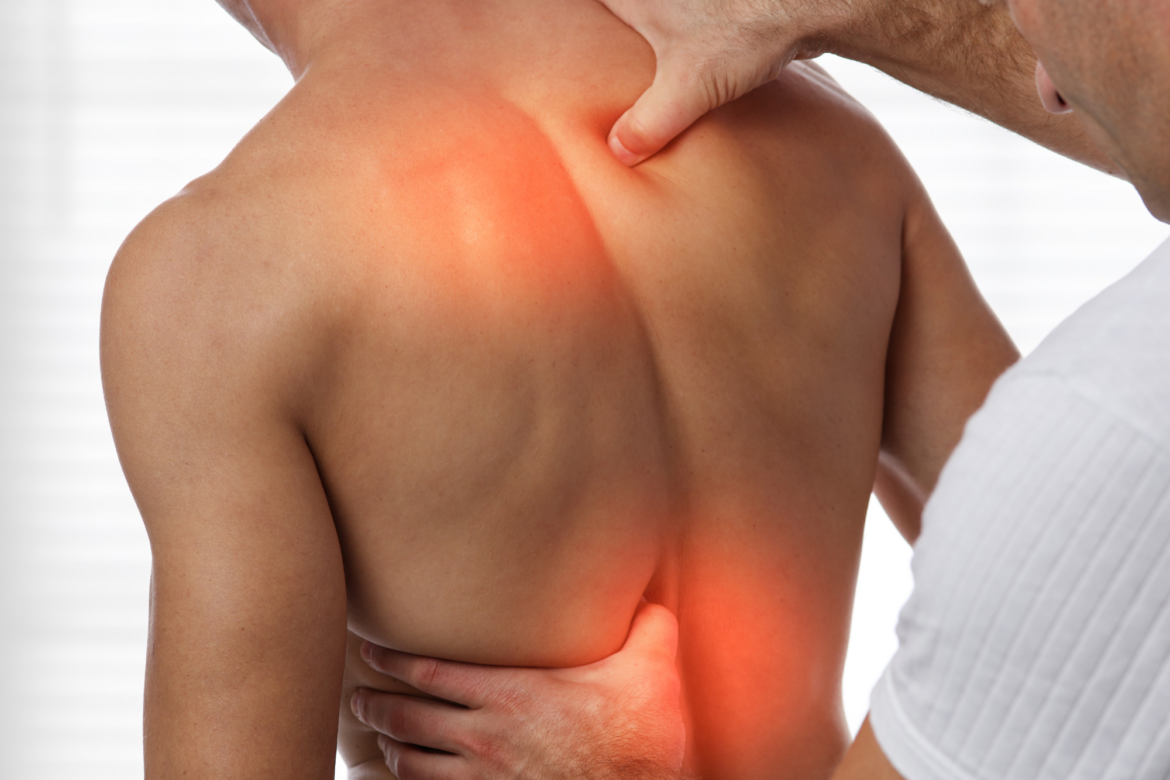Benefits of Acupressure: Is it Right for Me?
What is Acupressure?
History
Acupressure originated in ancient China as early as the Shang Dynasty from 1600-1045 B.C. Meridians and acupuncture charts were already in use for medicinal purposes as depicted on oracle bones and turtle shells during this time. Acupressure is a complementary alternative medicine that combines both Eastern and Western medicines. This blog is going to inform you of the benefits of acupressure: Is it right for me?
Basics
Acupressure is a complementary alternative medicine. It is based on the fundamental principle of acupoint activation across meridians. Acupoint activation occurs by applying pressure with the hand at a specific acupoint or pressure of the thumbs on specific points to balance the flow of the physiological energy. Physical pressure on acupoints that are positioned along meridians, or channels within the human body, helps to maintain Qi and your health. These meridians are connected to all organs, tissues, and muscles, and pressure on specific points helps to reduce pain.
How Does Acupressure Work?
Explanation of pressure points
Your entire body is made up of clusters of pressure points. Acupressure treatment occurs when an acupoint closest to the surface of the skin is activated by pressure. Stimulation of specific acupoints results in functional responses that can be used to treat the body. Acupressure to local points elicits therapeutic responses to the autonomic nervous system. Your autonomic nervous system is responsible for involuntary physiologic processes; heart rate, blood pressure, respiration, and digestion.
Some scientific explanations of how acupressure works are as follows. The Gate Control Theory of Melzack and Wall helps to explain the pain reduction benefits of acupressure. The impulses sent to the brain from the acupoints travel four times faster than painful stimuli. The body feels the pressure to specific points and processes those quicker, blocking the perception of pain in the body. In addition to blocking pain, acupressure releases many important chemicals, such as nitric oxide (increased circulation), and increases endorphin and serotonin.
What to expect at an appointment
Each visit is personalized to your specific needs. The therapist re-evaluates the full body to see how your body responded to the previous session and where there continue to be issues. Once the therapist has assessed, treatment will begin to work on specific meridians and areas that are causing restriction.
Benefits of Acupressure
Pain relief – acupressure to acupoints stimulates nerves and reduces the sensation of pain. Reduced stress, anxiety, and depression – Acupressure reduces levels of the stress hormone cortisol. It also increases endorphins that boost mood and reduce feelings of pain.
Improved sleep – specific points on the head, wrist, ankle, and foot have been found to reduce insomnia.
Decreased nausea and vomiting – pressure works to change pain messages to the brain.
Is Acupressure Right for You?
Consider personal health goals
Take into account your personal health goals when determining if acupressure is right for you. Traditionally, acupressure has been used in Chinese medicine to treat pain and disease and improve overall health. Acupressure is a manually operated, needle-free, non-invasive, cost-effective, and non-pharmacological intervention. It is safe for children to older adults. Those in the first trimester of pregnancy should avoid acupressure. Also, those who bruise easily should alert their therapist, less pressure should be applied to acupoints.
Consult with a healthcare professional
Speak with your healthcare professional before beginning new therapy. Rare acupressure side effects include hypotension, palpitations, and headache. Schedule your appointment today with our Acupressure Therapist
Can I Try Acupressure at Home?
A benefit of acupressure includes its ability to be continued at home. It is typically encouraged to have 6-8 sessions of acupressure before continuing acupressure at home on your own. A skilled therapist can accurately evaluate the body and determine the appropriate course of treatment. Once treatment has finished, a home program can be established with the therapist to maintain improvements in health.

